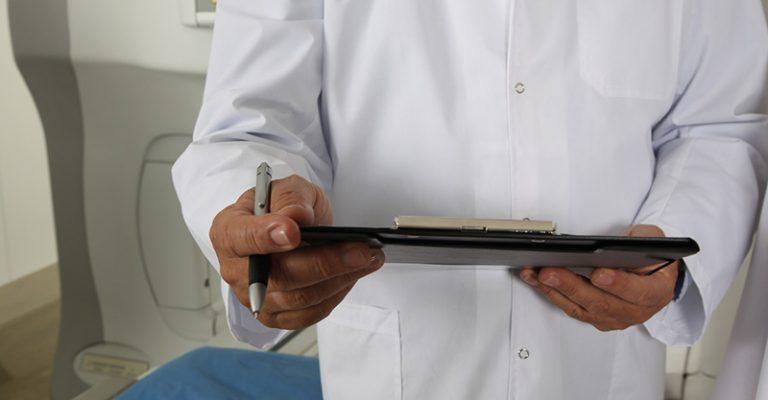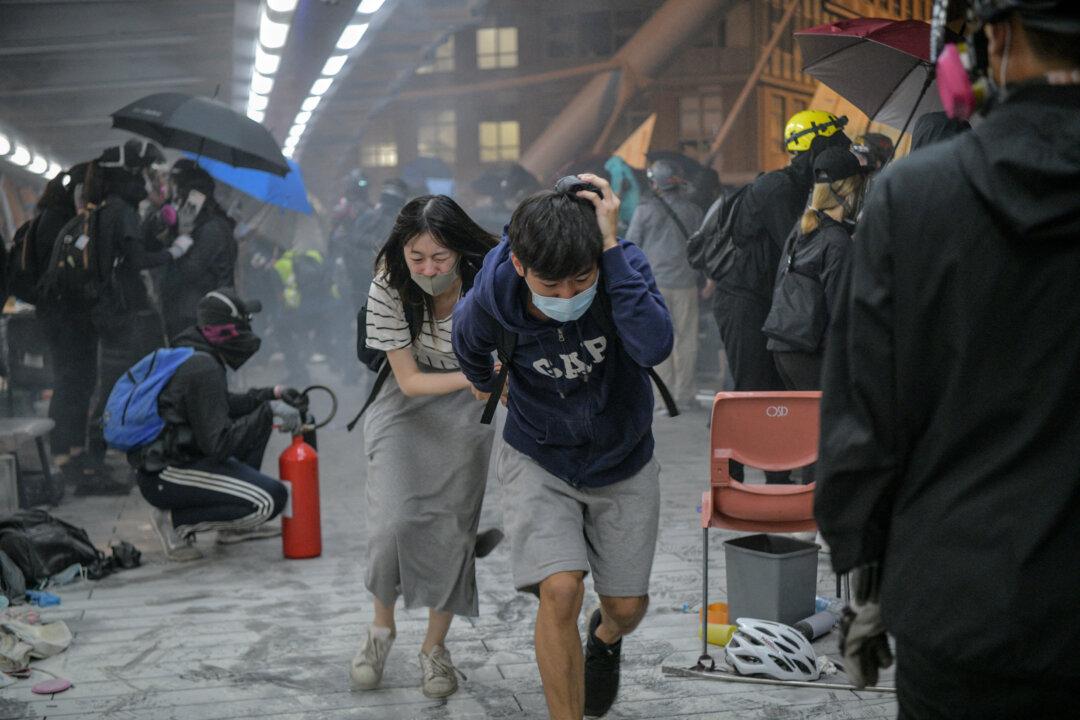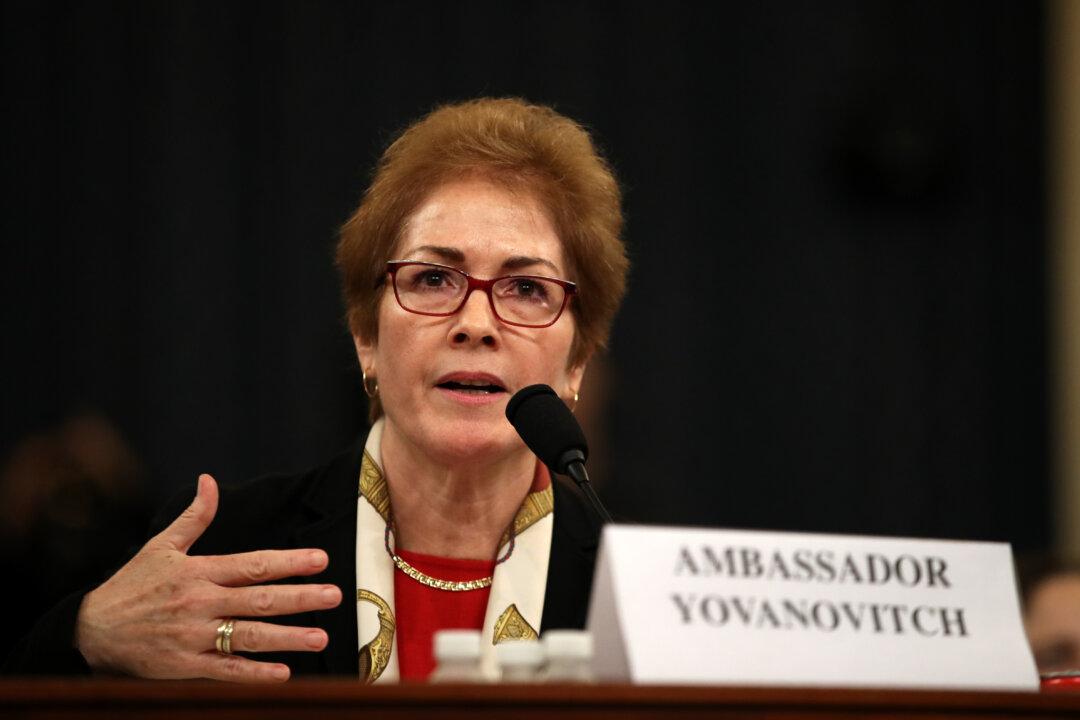New York University medical student Andrea Liu, 26, was found hanging in her dorm room in May with a suicide note near her body, just a few weeks before she was set to graduate. Five days later, another NYU student studying psychiatry was found dead, also reportedly from suicide.
Different studies give different numbers on the rates at which doctors and medical students commit suicide, but most suggest that they have a higher rate than other professions.






